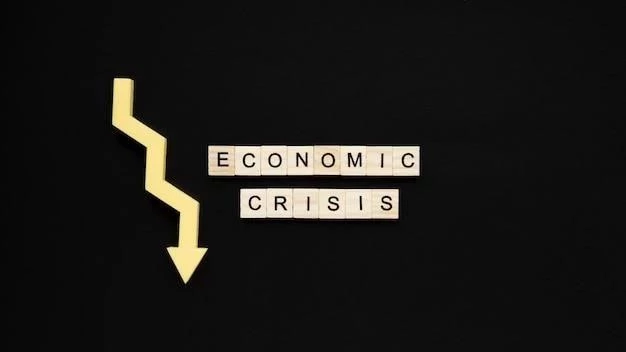Table content
Amidst an unstable financial landscape, one aspect appears certain: during the Federal Reserve’s policy board assembly this Tuesday and Wednesday, they are anticipated to maintain their standard interest rate. Kiyosaki: Global Economy Declining, Predicts Bitcoin at $200,000
Federal Reserve representatives, including Chairman Jerome Powell, have lately suggested a cautious strategy. They are postponing any action until they obtain a more precise view of President Trump’s tariff proposals and their possible consequences on inflation and the general economy. Should Trump’s tariffs cause a financial decline, the Federal Reserve might need to intervene and decrease rates to bolster the employment sector. Although financial experts are not predicting an economic slump, they recognize the increasing danger. Financial sectors are broadly expecting the Federal Reserve to keep its crucial federal funds rate within the 4.25% to 4.5% bracket, consistent with January. According to the CME Group’s FedWatch instrument, which anticipates rate fluctuations based on federal funds futures trading information, this will represent the second successive instance the Federal Open Market Committee (FOMC) has remained constant. The FOMC halted in January after reducing rates by a complete percentage point throughout the prior three gatherings.
**Principal Conclusions:** Toncoin (TON) Value Forecast for March 26th
* The market agreement is that the Federal Reserve will sustain interest rates at Wednesday’s policy session.
* Federal Reserve representatives are reluctant to execute any financial policy shifts, awaiting the execution of President Trump’s economic strategies and their influence on the economy.
**How Did We Arrive at This Point?**
In the wake of a precipitous surge in cost of living after the global health crisis, the U.S. financial regulator assertively augmented percentage rates in 2022 and has sustained them at a two-decade apex for more than a year. The intention was to diminish cost of living and decelerate financial expansion by rendering acquiring funds more costly comprehensively.
As the prior year drew to a close, as cost of living diminished nearer to the U.S. financial regulator’s 2% yearly objective, financial institution representatives alluded to diminishing the federal funds percentage. Nevertheless, consistent cost of living and doubt encircling Trump’s financial strategies have rendered the U.S. financial regulator reluctant to function swiftly.
U.S. financial regulator Chairman Jerome Powell verified this bearing in a current discourse, articulating that he and his associates are in no hurry to curtail percentages.
## What’s Ahead for the U.S. financial regulator’s Significant Percentage Rate?
With doubt being the principal subject, the U.S. financial regulator is apt to proffer scant intimations about its forthcoming maneuvers in its formal declaration or in Powell’s press gathering subsequent to the pronouncement.
“We anticipate the U.S. financial regulator to sustain percentages constant for the subsequent consecutive gathering and, given intensified doubt, to furnish restricted guidance on the forthcoming policy trajectory,” scribed Matthew Luzzetti, chief U.S. financial expert at Deutsche Bank, in a commentary.
In supplement to the declaration and press gathering, U.S. financial regulator representatives will discharge a quarterly compendium of financial forecasts, where Federal Open Market Committee members will record their anticipations for key financial indicators and the federal funds percentage in the approaching months and years. Deutsche Bank financial experts foresee that representatives will now project merely one percentage curtailment this year, down from the two they foretold during the last FOMC gathering in December.
One of the principal queries confronting the U.S. financial regulator is whether the economy is in danger of declining into a recession, notably as some financial indicators are flashing cautionary indications at the commencement of a potential second Trump epoch.
Apart from anxieties regarding levies, a notable decrease in buyer certainty has caused American families to diminish expenses. Specialists stress that taxes could energize cost push inflation by expanding the cost of products, possibly compelling the National Bank to keep up with high loan fees, a move that could additionally hose monetary movement.
While the gamble of an economic crisis stays moderately low, a few financial analysts have expanded their evaluations for a slump in 2025 because of these adverse variables. For example, Goldman Sachs market analysts have raised the likelihood of an economic crisis in the following year from 15% to 20%.
An economic crisis would probably incite the National Bank to bring down loan fees to invigorate the economy, as the national bank is ordered to advance full work and control cost push inflation.
Nonetheless, the work market stays vigorous, and cost push inflation shockingly chilled off in February.
As of Friday, monetary trades are wagering that the National Bank will start bringing down loan fees again in June.


